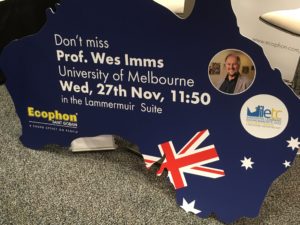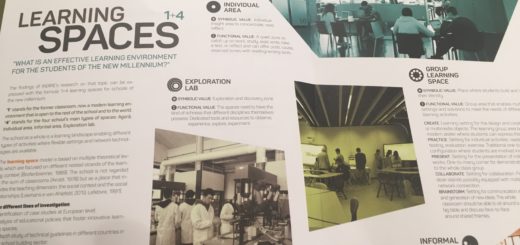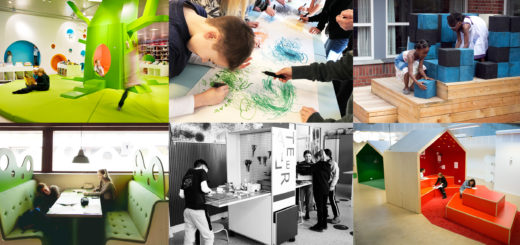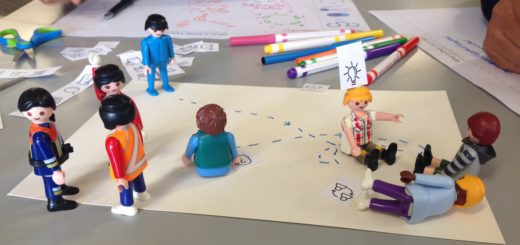
In this guest post by Colin Campbell from project partner Ecophon Saint-Gobain, based in Sweden, reports on the opportunity to share the ILETC project findings at Education Buildings Conference in Edinburgh in late November. Ecophon has extended the project’s reach through regularly presenting on our findings at trade conferences across Europe, helping to connect us with education authorities, architects and schools.
The 3rd Education Buildings conference, Scotland’s Learning Estate – Connecting People, Places and Learning was a two-day event in late November this year with an excellent variety of keynote speeches and parallel workshop sessions based on five themes around Suitable, Sustainable Estate, Low Carbon, Digital and Inclusive Growth.
At last years event, Shane Cryer (Ecophon UK) presented the companies involvement in the ILETC project and a short summary of the project aims which led to an invitation this year for Wes Imms to present deeper insights around the findings so far and the pathways forward. A film of Wes presenting the project findings and current work was beamed into the conference and received interest from Architecture and Design Scotland, The Scottish Futures Trust and strategic design in the Government. The audience posed interesting questions and generated discussions after the session on many aspects of the research project, in particular, student deep learning – which reflected other sessions and the general Scottish Government approach. It was interesting to discuss that teachers having the single largest influence on learning are part of the initial research with student experience and student outcomes being logical areas to be focused regarding the ongoing developments. The affordances which facilitate teachers were also of interest – indicating the importance of this focus.
The two day conference is supported strongly by the Scottish Futures Trust (SFT) and Architecture and Design Scotland (ADS) who were active not only setting up the content of the seminars but also speaking and moderating many of the sessions. The aim of SFT regarding the school infrastructure is to improve the efficiency and effectiveness of infrastructure investment and use in Scotland by working collaboratively with public bodies and industry, leading to better value for money and ultimately improved public services. The aim of ADS is to promote the value good architecture and sustainable design adds to everyone’s lives. To help people – whether by enabling them to get more involved in shaping the places they live in or improving the design of the buildings they use. Well-designed buildings and places make the very best use of our resources and create places that help people and communities to flourish.
Both these organisations help to implement the Scottish Governments policies regarding school infrastructure and they collaborate with Education Scotland who are a Scottish Government executive agency responsible for supporting quality and improvement in Scottish education and rolling out the Curriculum for Excellence. Incidentally when the Curriculum for Excellence was being introduced the Scottish Government created a parallel program Building Excellence to engage the broader construction stakeholders to deliver new schools and spaces to support the new curriculum approach. Members of the LEaRN team at the University of Melbourne were involved with input into the Building Excellence document at the time – so it is great to see the crossover between Scotland and the LEaRn team again.
This blog post by architects Holmes Miller provides an overview of the conference.
ILETC Presentation from Video and Media Production on Vimeo.
Image: https://pixabay.com/photos/edinburgh-scotland-city-sky-4361491/



